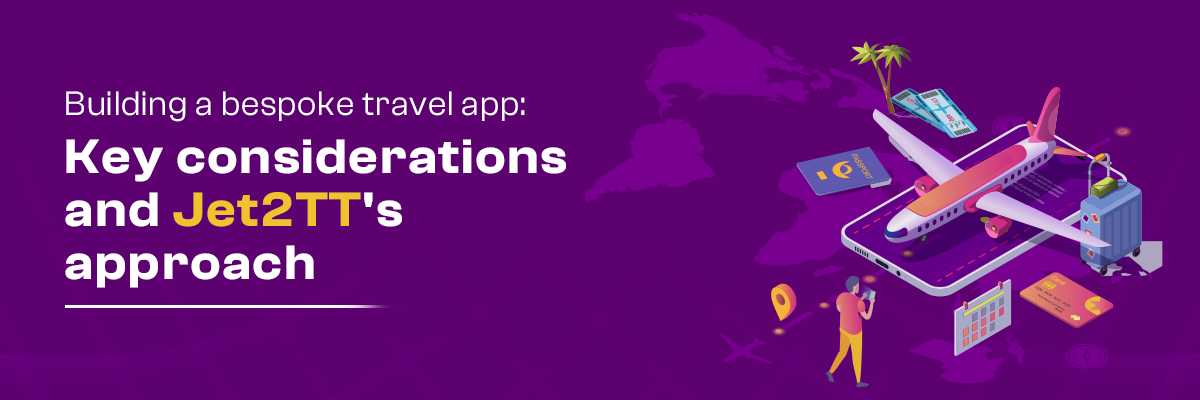Speed is a big difference in today’s very competitive tech world. That being said, making apps quickly shouldn’t mean sacrificing quality, user experience, or safety. Businesses that want to be leaders in digital change need to find the best mix between fast app development and long-term app sustainability.
It’s not enough to just get products to market faster; the goal is also better creation. Companies can make strong apps more quickly and without sacrificing quality by using current tools, flexible workflows, and strategic relationships. This blog post will talk about five tried-and-true ways to speed up app creation without sacrificing quality, performance, or scalability.
Unlocking Speed Without Sacrificing Quality: 5 Proven App Development Tactics
Strategy and speed must work together in the race to make apps that stand out. These five smart, scalable ways will help you speed up app creation without skimping on quality or performance in the long run.
1. Adopt a Modular Architecture
You can break up your program into separate, interchangeable parts with modular design. In two strong ways, this speeds up development:
- Parallel Development: Different teams can work on different parts (UI, payment, booking APIs, etc.) at the same time without interfering with each other.
- Code Reusability: Modules like user registration or payment methods can be used in multiple projects after being built.
Modularization also makes it easier to manage travel apps and business systems. Because writers can focus on specific parts of the code instead of the whole thing, they can fix bugs or make features better when they happen. Tools like React (for the front end) and Node.js microservices (for the back end) are great for implementing flexible design ideas.
2. Leverage Low-Code and No-Code Platforms
OutSystems, Mendix, and Appgyver are all low-code or no-code systems. These let teams build key features with visual development tools and pre-built components. You can use these tools to make MVPs, control panels, dashboards, or connect third-party services.
Some important perks are:
- Rapid Prototyping: With working examples, you can quickly see if your ideas are good.
- Less Dev Load: Designers and business experts can make flows even if they know little about code.
- Less Bugs: Many pre-built modules have been tried fully, which cuts down on QA cycles.
But it’s essential to make use cases clear. Low-code tools are quick, but they shouldn’t be used instead of custom development, especially for features that customers find very complicated.
3. Implement CI/CD for Continuous Progress
The time it takes to write code and then release it is one of the most annoying parts of traditional development processes. This is where CI and CD (Continuous Deployment) come in.
By making testing, integration, and release automatic, CI/CD pipelines:
- Ensure Code Stability: New code is automatically checked and tried before it is added.
- Reduce Manual Work: Building and deploying things automatically lets your team work on more important features.
- Shorten Feedback Loops: You can immediately try new versions with the QA and product teams.
GitHub Actions, Jenkins, and Bitbucket Pipelines are all well-known tools. CI/CD helps teams launch faster and with less risk when used with containerization tools like Docker and Kubernetes.
4. Use Pre-Built SDKs, APIs & Libraries
Why start from scratch? Developers can save much time using trusted SDKs, open-source tools, and third-party APIs.
Some common combinations are:
- Payment APIs (like PayPal, Stripe, and Razorpay)
- APIs for travel (like Amadeus, Skyscanner, and Google Flights)
- Auth SDKs (like Firebase Authentication and Auth0).
- Maps and Geo APIs (like Mapbox and Google Maps)
It’s essential to check these tools for support, flexibility, and security. Ensure they are regularly updated and have good paperwork to back them up. Using tested APIs is better for travel and booking apps because they speed up development and improve the user experience.
5. Partner with an Experienced Tech Team
It doesn’t matter how smart your tools are if your team doesn’t have them. Working with a committed tech partner who has already dealt with problems in your industry is often the fastest and most cost-effective way to get things done.
A tech partner speeds up growth in these ways:
- Domain Expertise: From OTA integrations to scalable booking systems, a professional firm knows how to use travel technology most effectively.
- Battle-Tested Frameworks: With them, you can get reused templates, server code, and UI kits that cut down on time.
- Focus on Core Business: Your internal team can focus on relationships, growth, and getting users involved, while pros take care of the technical side of things.
Basically, you get a team ready to work right away, without going through a lengthy training process. This saves you time, money, and stress.
Conclusion
Speeding up app creation doesn’t mean cutting corners or working quickly. Using a flexible approach, CI/CD, low-code tools, dependable APIs, and working with a skilled tech team can help. By doing this, companies can improve processes while keeping the quality and dependability of their apps.
Custom travel software creation is what Jet2 Travel Tech does best, with a focus on speed, performance, and new ideas. Partner with us if you want to get your next app out the door faster and with fewer problems. Let our skilled team take your idea from the drawing board to the real world.




